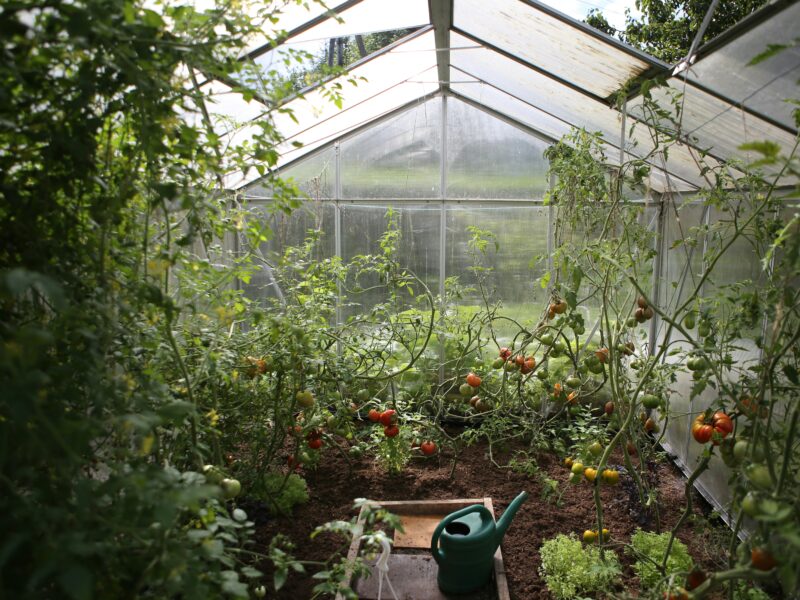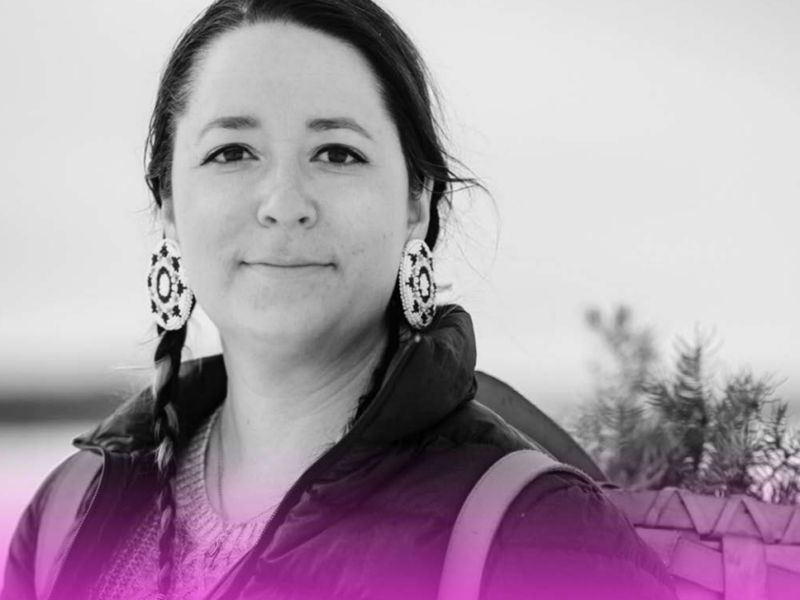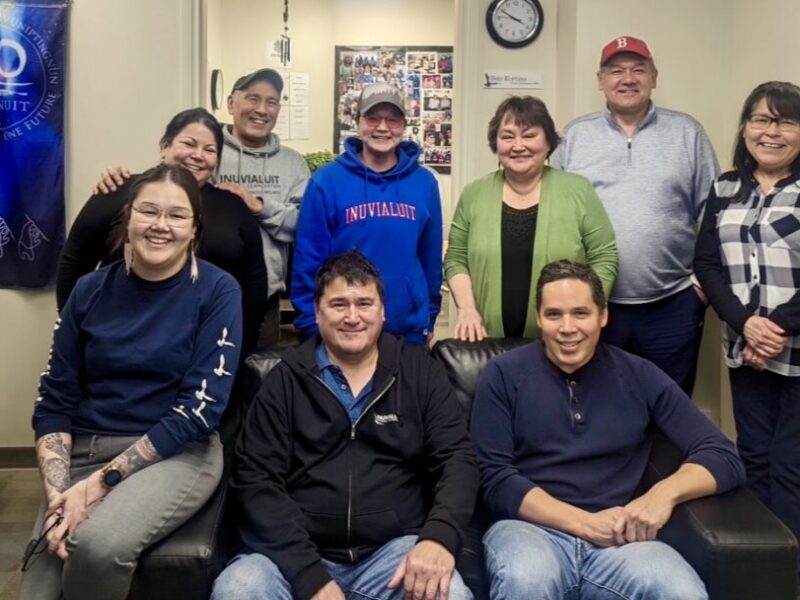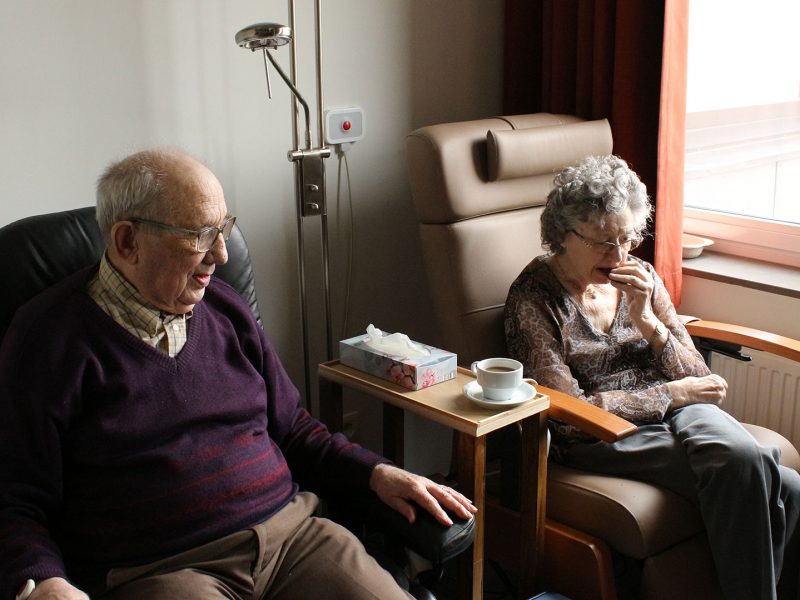Rural, Remote, & Northern Communities
Project
Shock Proofing Yukon: Northern Entrepreneur Development Network
In Canada’s North, entrepreneurship is important for local job creation and economic diversification. Because many entrepreneurs are Indigenous, their businesses also bring direct economic benefits to their communities. To support entrepreneurship, strong networks and access to training, mentorship and other supports are essential.
Research
Food Sustainability in the North: Skills Challenges and Opportunities in Community Greenhouse Projects
Given the advancements of innovative technologies pertaining to agricultural practice and its evolving skills needs, this report reviews the current and future competencies needed for community-led greenhouse projects in Northern Indigenous communities to inform the future of training programs and initiatives.
State of Skills
Supporting Indigenous and Northern Entrepreneurship and SMEs
Indigenous and Northern entrepreneurship and businesses play a crucial role in bolstering local economies by supporting economic diversification, job creation and community development.
Podcast
Season 5 | Episode 5
Learning from One Another: Skills, Training, and Workforce Development in Northern Communities
In this episode of the Future Skills Podcast, host Jeremy Strachan explores the complex and evolving landscape of skills development and workforce training in Northern...
Featuring: Jeremy Strachan, Amanda Thompson, Kris Mullaly, Xina Cowan
Project
Scale Learning Lab
The Scale Learning Lab was developed to address the hospitality sector’s ongoing talent shortages through an innovative, industry-led training model. By combining digital learning and hands-on training, the Learning Lab provides hospitality professionals with the skills needed to succeed in a rapidly evolving sector.
Project
Upskill and Certify Indigenous Child and Youth Practitioners
The Upskill and Certify Indigenous Child and Youth Practitioners project aimed to address the barriers that Indigenous child and youth workers face in accessing postsecondary opportunities to build skills and advance their careers.
Project
Inuvialuit Skills Matrix
Seeking to augment its database, this project sought to create the first inventory of Inuvialuit employment, skills, training, Traditional Knowledge and education.
Project
CRADLE+: Canadian Remote Access for Dementia Learning Experiences
This project aimed to expand on an already-established program known as Canadian Remote Access for Dementia Learning Experiences (CRADLE), a free and accessible dementia care training program aimed at UWCs.
Project
Work in Manitoba
This project sought to address the challenges employers in the province were facing in connecting with the right talent and having to navigate multiple recruitment platforms with no guarantee that postings would reach qualified candidates.










